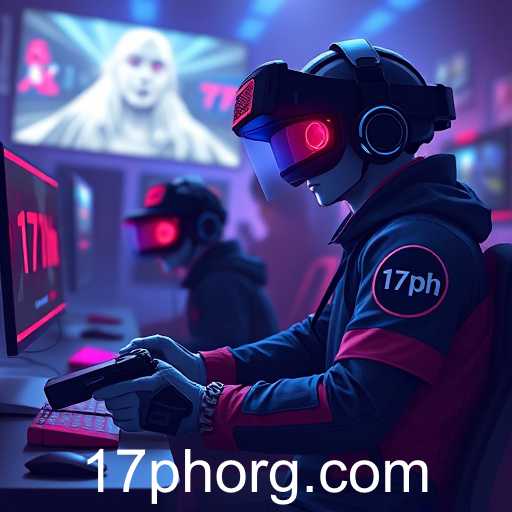As we delve deeper into 2025, the online gaming community continues to evolve at a rapid pace, driven by technological advancements and increased connectivity. One of the rising stars in this arena is '17ph', a popular keyword associated with an innovative English game website that has captured the attention of gamers worldwide.
'17ph' has become synonymous with cutting-edge gaming experiences, offering players a diverse range of interactive content that blends virtual reality, augmented reality, and traditional gaming. This fusion has not only heightened the sensory experience for players but also expanded the boundaries of what is possible in digital realms.
The game industry is currently grappling with several pertinent issues. The push for hyper-realism continues, yet it brings with it concerns about accessibility and inclusivity. As graphics become more sophisticated, developers must ensure that these advancements do not alienate players with less powerful hardware. Moreover, the expansion of multiplayer platforms has sparked discussions on online safety and community moderation, with '17ph' setting a precedent by implementing stringent measures to curb toxicity and harassment in its forums.
Industry reports suggest that gaming will continue to shape cultural dynamics across the globe. With an increasing number of collaborations between game developers and industries like education and healthcare, the social impact of video games is becoming more pronounced. Countries are also acknowledging the economic contributions of gaming, with governments investing in nurturing home-grown talent and startups.
In commentary, gamers and critics alike are debating the ethical implications of microtransactions and loot boxes. While these systems provide recurring revenue streams critical for sustaining large game ecosystems, they also pose questions about fair play and addiction.
The year 2025 marks a significant turning point for the gaming world, where innovation is met with introspection. As platforms like '17ph' lead the charge toward a more immersive and interconnected gaming experience, industry stakeholders must navigate the dual challenges of technological optimization and creating supportive online spaces.








